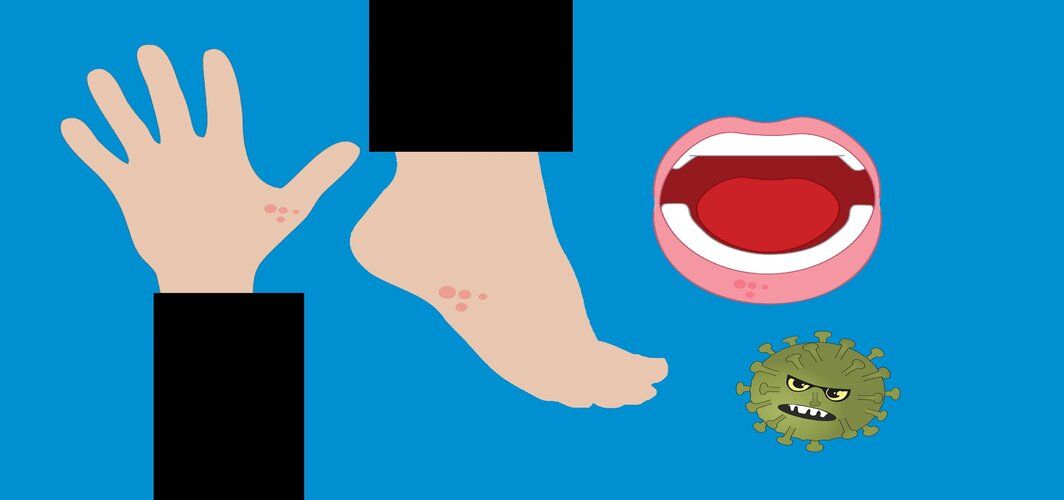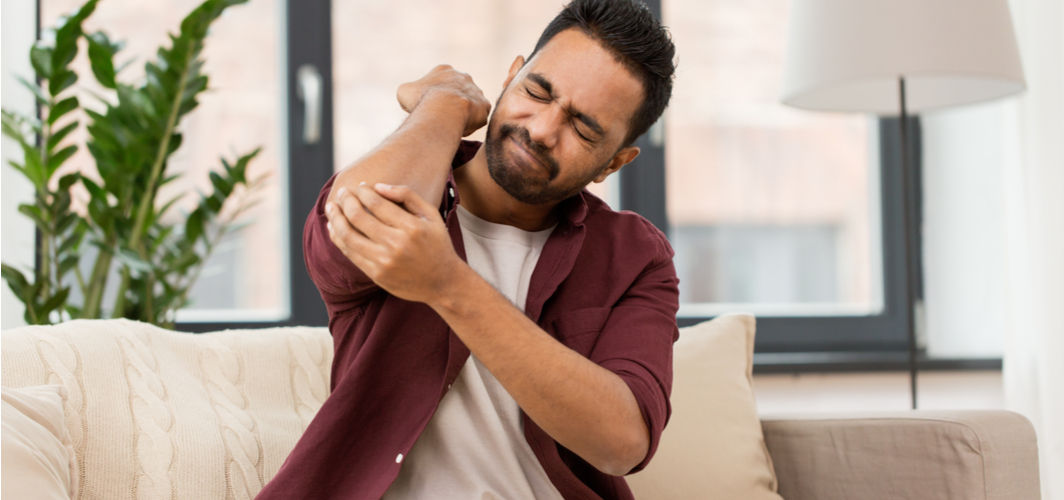Coronavirus Updates
Is It Safe for Schools to Reopen?
7 min read
By Apollo 24/7, Published on - 11 September 2020, Updated on - 18 October 2022
Share this article
4
8 likes

What is the impact of COVID-19 on children?
- The probability of contracting COVID-19 is higher in adolescents aged between 10 to 17 years, when compared to children under the age of 10.
- Infected adolescents are less likely to develop severe illness.
- Children with certain underlying and comorbid medical conditions are at increased risk of severe COVID-19 illness.
- There are higher chances of children getting infected by an adult family member.
Why is the reopening of schools important?
- Schools enhance the social and emotional health of students: Children learn the basics of socialization in schools while developing their communication, language, social, and interpersonal skills. These skills contribute to their social as well as emotional wellbeing. Because of school closures, students may experience increased anxiety and social isolation, especially during the present COVID-19 crisis.
- Schools narrow the educational outcome disparities: Through in-person instructions, schools narrow the disparities arising out of income and racial groups. School closures may widen this disparity as some households may not be able to participate in online learning because of work schedules, lack of access to computer/internet, etc. This may hamper the educational outcomes in children.
- Schools impart critical in-person learning: There are many benefits of in-person learning in comparison to its virtual counterpart. Some of the benefits are increased communication between students and teachers, critical academic support through services like tutoring and special education, and active participation of teachers in student learning. In-person learning is even more important for people with learning disabilities.
- Schools foster the mental health of students: Children receive physiological and emotional support from teachers, friends, and other staff members in the school environment. Schools also provide an opportunity for students to be physically active through physical training classes and recess. Physical activity contributes to the mental health of students by easing their anxiety and depression.
Which countries have reopened their schools and how have they managed it?
- Groups of students (10 to 12) and a teacher were formed and people in this cohort were instructed to work together throughout the day to lower the exposure across the school.
- Classes were held in open spaces such as public parks, whenever possible.
- Student cohorts were restricted from intermingling.
- Whenever possible, students arrived at the school at staggered times/dates and different doors were used for entry.
- Desks and seats were separated by a minimum of 2 meters. The distance was gradually reduced to 1 meter.
- All students were required to wash their hands every 2 hours including before and after eating, after each break, after using the restroom, etc.
- Except for students/teachers who felt unwell and those using public transportation, masks or face coverings were not mandatory.
- A Coronavirus helpline was set up by the Ministry of Education to offer access to schools for learning and any education-related concerns.
- Restrictions were made on the number of students being present at one time. In kindergartens, elementary, middle, and special education schools, only one-third of students were permitted at one time. High schools allowed two-third of their students at one time.
- All students and school staff were instructed to wear face masks in school along with other measures such as washing hands, coughing into their arms, etc.
- Plastic desktop dividers were used in classrooms and lunchrooms as physical distancing measures.
- Temperature checks were mandatorily conducted at school entrances.
- Some schools instructed students to come to school on alternate days while some combined the online and in-person approach of conducting classes.
- All staff and students were sent home wearing masks in case any person in the school was tested positive for COVID-19. This was followed by an epidemiological investigation and disinfection.
Is India looking at re-opening schools?
- Only students from class 9 to 12 can visit the school premises to receive guidance from teachers. This will be voluntary and students will need to get written consent from parents/guardian for the same.
- Only schools outside containment zones will be permitted for reopening. All such schools should sanitize the premises using 1% sodium hypochlorite solution. Also, only students and teachers residing outside containment zones are permitted to visit the schools.
- Physical distancing of at least 6 feet should be maintained at all times by teachers and students. The interaction between students and teachers should be staggered.
- Thermal screening provisions and sanitizer dispensers are mandatory at school entrances. So is the use of face masks/covers within the school premises.
Conclusion
Coronavirus Updates
Leave Comment
Recommended for you

Coronavirus Updates
Are Skin Rashes an Indication of COVID-19 Infection?
Not all skin rashes mean that you have COVID-19. However, if you notice any of the skin rashes mentioned in this article, isolate yourself and consult a doctor immediately.

Coronavirus Updates
Bone Death: More COVID-19 Complications Emerge
After the emergence of mucormycosis, doctors have now found cases of a new condition called bone death or avascular necrosis, in COVID-19 patients.

Coronavirus Updates
What Should a ‘Coronavirus Home Kit’ Include?
Due to rising number of COVID-19 cases, home isolation is recommended for people who are asymptomatic or has mild symptoms. A Coronavirus home kit is advisable in such times.
Subscribe
Sign up for our free Health Library Daily Newsletter
Get doctor-approved health tips, news, and more.
Visual Stories

Decoding India’s Fungal Epidemic Triggered by COVID-19
Tap to continue exploring
Recommended for you

Coronavirus Updates
Are Skin Rashes an Indication of COVID-19 Infection?
Not all skin rashes mean that you have COVID-19. However, if you notice any of the skin rashes mentioned in this article, isolate yourself and consult a doctor immediately.

Coronavirus Updates
Bone Death: More COVID-19 Complications Emerge
After the emergence of mucormycosis, doctors have now found cases of a new condition called bone death or avascular necrosis, in COVID-19 patients.

Coronavirus Updates
What Should a ‘Coronavirus Home Kit’ Include?
Due to rising number of COVID-19 cases, home isolation is recommended for people who are asymptomatic or has mild symptoms. A Coronavirus home kit is advisable in such times.